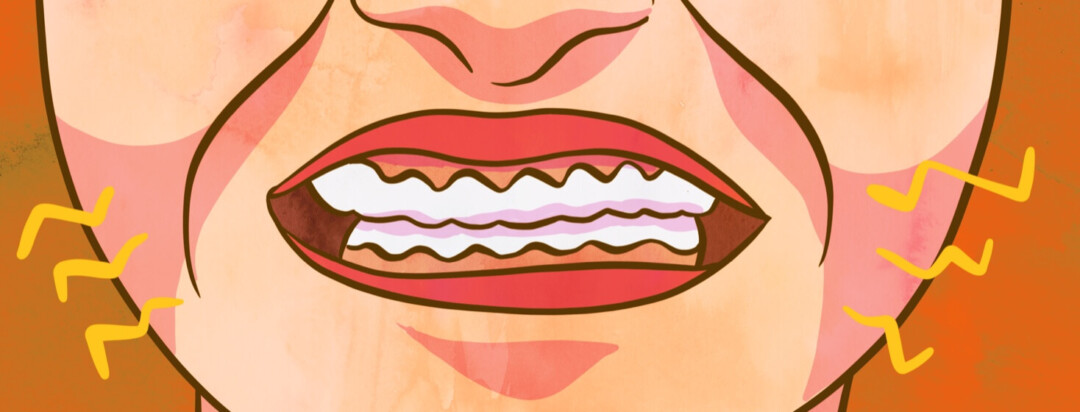Ouch, My Teeth Hurt
It started as an uninvited jolt – a sharp, piercing pain that seemed to dance around my teeth with a mind of its own. There I was, a weird model of dental hygiene, never having succumbed to the woes of a cavity, suddenly being attacked by an invisible enemy. This was not just a toothache; it was a full-blown Caine mutiny, taking over my focus, my peace, and perplexingly, without a visible cause.
The dental illusion
My initial thoughts never wander toward the dentist's chair. Why would they? My dental history is super boring – uneventful and cavity-free for over five decades.
Yet, here I was, grappling with a pain so tangible, it felt like each tooth was individually having a painful tingly party under my gums. The odd thing is that this would occur so rarely, I just rubbed my gums hard and called it a day and ignored the pain.
A diagnosis beyond the tooth
The plot twist came when I was thinking about my MS symptom nemesis: trigeminal neuralgia (TN), a term as complex as the pain it described. The pain that I felt was related to my sparky jaw. This pain was aligned with my jaw and that included ... my teeth and gum. Duh!
The trigeminal nerve, a silent bearer of facial sensations, had turned rogue, mistaken by my brain for a dental uproar. This revelation was both a relief and a wake-up call for me. I needed to think more about MS's capacity to masquerade as an everyday problem.
Featured Forum
View all responsesUnderstanding the invisible adversary
Multiple sclerosis, the chameleon of neurological disorders, had thrown another curve ball my way. Trigeminal neuralgia, in its rare form, manifested as part of this MS journey, challenging my understanding of what could be causing my pain. This wasn’t about dental decay or gum disease; it was about me looking at physical symptoms in a new way and one that includes multiple sclerosis as a cause.
This episode was more than a personal battle; it was a glaring spotlight on the importance of holistic health literacy. I advocate for treating the whole person and not only the chronic illness or symptoms. In this case, I was not doing that for myself. I was still keeping some symptoms into little jars that I decided have nothing to do with MS. It was a stark reminder that not all pain is as it appears, and sometimes, the roots lie far deeper than the surface suggests.
My encounter with the phantom of my smile – the trigeminal neuralgia masquerading as dental despair – was a lesson in awareness. It reinforced the importance of listening to my body in my quest for answers, and of the invaluable role of comprehensive care in the MS journey. By sharing my story, I hope to ignite conversations, to encourage others to peer beneath the surface of their pain. Use me as an example of what you do not want to do.
A journey of discovery
For my fellow MS warriors, let this be a reminder: our symptoms are as unique as our stories. They require us to be detectives, advocates, and educators, not just for ourselves but for the community at large. By sharing our experiences, we not only find solace and understanding but also pave the way for greater awareness and more accurate diagnoses for those who walk this path alongside us.
In the end, the saga of my tooth pain, a mischievous masquerade orchestrated by trigeminal neuralgia, was a testament to the complex interplay between MS and our everyday lives. It was a narrative of pain, discovery, and ultimately, empowerment. Nah! It is not that dramatic, but it was an important reminder that I am still learning.

Join the conversation